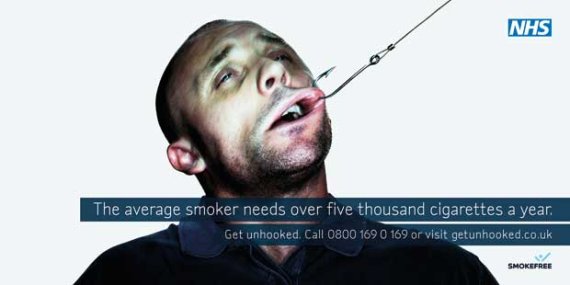If you want to conquer your nicotine addiction, the best way is to cut down first and then stop completely at a moment that suits you. This conclusion comes out of model calculations which mathematician Johan Grasman (emeritus professor of Mathematics and Statistical Methods) writes about in PLOS ONE. Grasman did the research together with psychology researchers at the University of Amsterdam. Grasman and his colleagues set up a mathematical model which simulates the physiological process of stopping smoking. The model focuses on three factors which are necessary in the quitting process: the amount of nicotine in the body, the craving to smoke and the will to stop. Grasman fed these variables into a few mathematical equations which describe the smoking process surprisingly accurately. Grasman’s model uses the same mathematical tool that underpins Marten Scheffer’s tipping point theory. The smoking model includes two stable states: that of the confirmed smoker and that of the sworn non-smoker. Between these two extremes is an area marked by tipping points in which both states (smoking and not smoking) are possible.
Tailor-made cure
In this area, it is as though the smoker were sitting on a see-saw. ‘The dynamics of the model lie in the variation of the will to stop, the self-control. This is what enable you to get from one state to the other,’ explains Grasman. The trick is to get the smoker onto that see-saw and eventually to get past the tipping point. The best prescription appears to be to smoke less for a period of time. Compared with alternatives such as quitting abruptly or stopping gradually, the success rate is the same (30 percent) but the method is pleasanter. The duration of the therapy can be adjusted to the wishes of the individual. Those who find it hard to quit abruptly can opt for a longer therapy period in which they start by cutting down. In fact, Grasman is suggesting a tailor-made approach to quitting smoking. Grasman’s model is based on the physiological processes underlying addiction. ‘The model makes a link between the intake of nicotine and people’s behaviour. This link has not been made before.’ According to Grasman, the approach should be usable for modelling other forms of addiction too. He will focus on obesity next.

